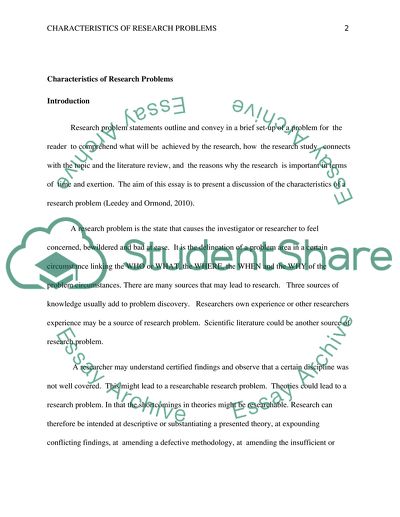Cite this document
(“Characteristics of Research Problems Essay Example | Topics and Well Written Essays - 1750 words”, n.d.)
Retrieved from https://studentshare.org/sociology/1599777-characteristics-of-research-problems
Retrieved from https://studentshare.org/sociology/1599777-characteristics-of-research-problems
(Characteristics of Research Problems Essay Example | Topics and Well Written Essays - 1750 Words)
https://studentshare.org/sociology/1599777-characteristics-of-research-problems.
https://studentshare.org/sociology/1599777-characteristics-of-research-problems.
“Characteristics of Research Problems Essay Example | Topics and Well Written Essays - 1750 Words”, n.d. https://studentshare.org/sociology/1599777-characteristics-of-research-problems.


